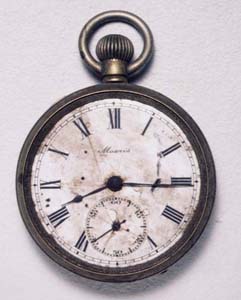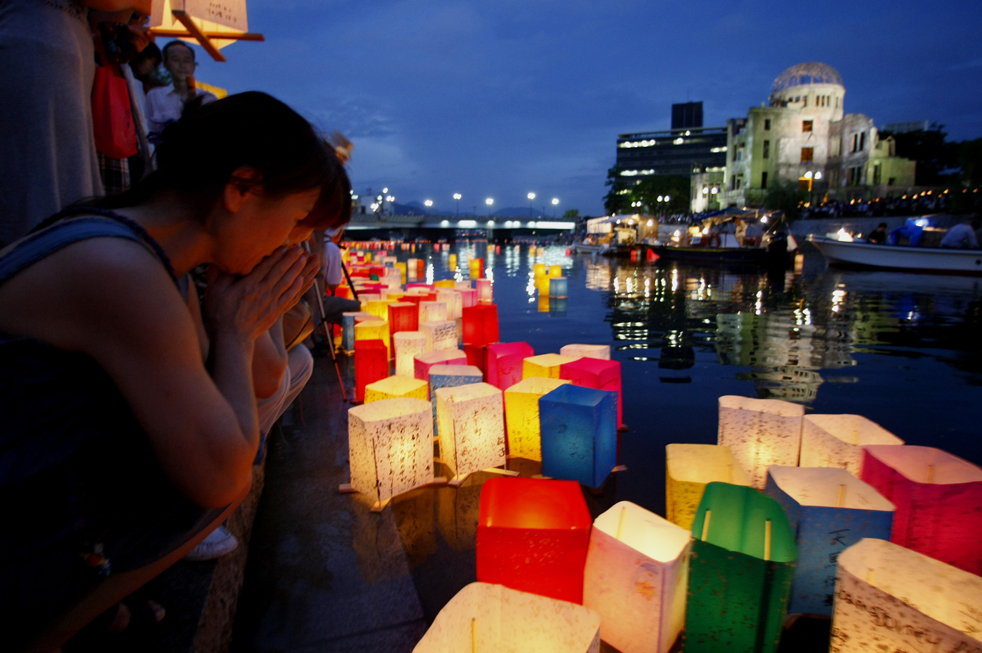The Police Beat, 20th Anniversary Edition: “The tools developed in the aftermath of the attacks proved to be useful in fighting street crime, too.”
When political people talk about giving broad new powers to police, regulators or government spies — especially when political people talk about allowing them extraordinary powers to conduct surveillance, to use information gathered from surveillance, and to detain, interrogate or arrest people based on extraordinary surveillance — they almost always use insidiously banal phrases to suggest that such powers are no big deal, just common sense, and also vitally necessary to essential social benefits. One of the worst is to say something like, giving law enforcement the tools they need to fight terrorism (or dangerous extremism, or organized crime, or just crime in general, or…).[1] The problem is that state powers are not like tools. They aren’t something that you could keep on a belt or put in your hand, or that you could just hand over as-is to some carpenter who will wield them on your behalf. They aren’t things at all; they are processes and permission structures.
Police powers are political powers, and political powers aren’t like a hammer that you aim and swing; they are more like a fire that you set. Whatever you had in mind when you set it, they don’t just have some one-off target; they have dynamic, evolving effects, which operate according to hard-to-control, self-feeding and destructive dynamics that are damned hard to contain and terrible when allowed to burn unchecked.
One of the most obvious examples has been the way that many big-city police departments — including publicity-sensitive, diversity-conscious police departments in big cities that are overwhelmingly liberal and governed by the most Progressive
of Progressive
Democrats — have absorbed massive, sweeping and invasive surveillance powers that were supposedly justified by the alleged needs of counter-terrorism,
and modeled on the powers sought and used by armed forces and intelligence services in times of war, as for example after the terrorist attacks on September 11, 2001.
For 20 years now, these powers have been politically and technologically expanded, augmented, honed and subsidized. And they have been turned to an ever-expanding, open-ended, infinitely generative range of strategic and tactical
purposes — against street gangs, against the drug trade, against routine street crime, against extremist beliefs, against religious minorities, against political protest, …. The war policies that provided the rationale for introducing these extraordinary powers have long since shifted, dialed down, or ended. The environment of threats and security priorities that these extraordinary counter-terrorism
powers were supposedly introduced to combat has evolved as that has happened, to the point that 20 years on there is effectively almost nothing recognizable left of the stimulus, only the same, constant, endless police response, which lives on forever in an endless process of mission creep, finding rationale after rationale and application after application, no matter how much or how far or how long the world leaves the original mission behind.
Two decades after the attack on New York City, the Police Department is using counterterrorism tools and tactics to combat routine street crime.
. . . The Police Department has poured resources into expanding its surveillance capabilities. The department’s budget for intelligence and counterterrorism has more than quadrupled, spending more than $3 billion since 2006, and more through funding streams that are difficult to quantify, including federal grants and the secretive Police Foundation, a nonprofit that funnels money and equipment to the department from benefactors and donors.
Current and former police officials say the tools have been effective in thwarting dozens of would-be attacks. And the department has an obligation, they say, to repurpose its counterterrorism tools for everyday crime fighting.
— Ali Watkins, How the N.Y.P.D. Is Using Post-9/11 Tools on Everyday New Yorkers
New York Times, 8 September 2021
Shared Article from nytimes.com
How the N.Y.P.D. Is Using Post-9/11 Tools on Everyday New Yorker…
Two decades after the attack on New York City, the Police Department is using counterterrorism tools and tactics to combat routine street crime.
nytimes.com
Meanwhile across the country:
The Los Angeles police department (LAPD) has directed its officers to collect the social media information of every civilian they interview, including individuals who are not arrested or accused of a crime, according to records shared with the Guardian.
. . . The copies of the cards obtained by the Brennan Center also revealed that police are instructed to ask civilians for their social security numbers and are advised to tell interviewees that “it must be provided” under federal law. Kathleen Kim, a Loyola law professor and immigrants’ rights expert, who previously served on the LA police commission, said she was not aware of any law requiring individuals to disclose social security numbers to local police.
. . . The extent of the LAPD’s Media Sonar use is unclear, but the company’s communications with the LAPD have raised questions. In one message, the firm said its services can be used to “stay on-top of drug/gang/weapon slang keywords and hashtags”. Levinson-Waldman said she feared the company or police would misinterpret “slang” or lack proper context on local groups and language, and she noted research showing that online threats made by gang-affiliated youth largely don’t escalate to violence.
— Sam Levin, Revaled: LAPD officers told to collect social media data on every civilian they stop
The Guardian, 8 September 2021.
Shared Article from the Guardian
Revealed: LAPD officers told to collect social media data on eve…
An internal police chief memo shows employees were directed to use ‘field interview cards’ which would then be reviewed
Sam Levin @ theguardian.com
The point, of course, is not that this is a reason to hand over sweeping extraordinary powers in a very narrowly limited context and then try to vigilantly constrain them to that original context (say, to genuine counterterrorism efforts) through some clever policy. Nor is it to hand over sweeping extraordinary powers and then hope that you can persuade the police to use them only against the right sort of targets (say, against international jihadists or right-wing extremists or whoever else you might think you want police to target). It’s a reason to oppose handing over sweeping extraordinary surveillance powers in the first place, at all. You can’t control it. It will burn you in the end. If not confronted and curtailed or rooted out, it will live on long after any and all of the supposed targets are long gone.
You can take the War out of the Forever, but you can’t take the Forever out of the War.
(Articles courtesy of Jesse Walker.)
- [1]Here is a fairly typical example, selected from a quick web search, which is so insidiously banal that it was printed in Newsweek:
Latest Law-Enforcement Tools for Fighting Crime
, 28 January 2009.↩








